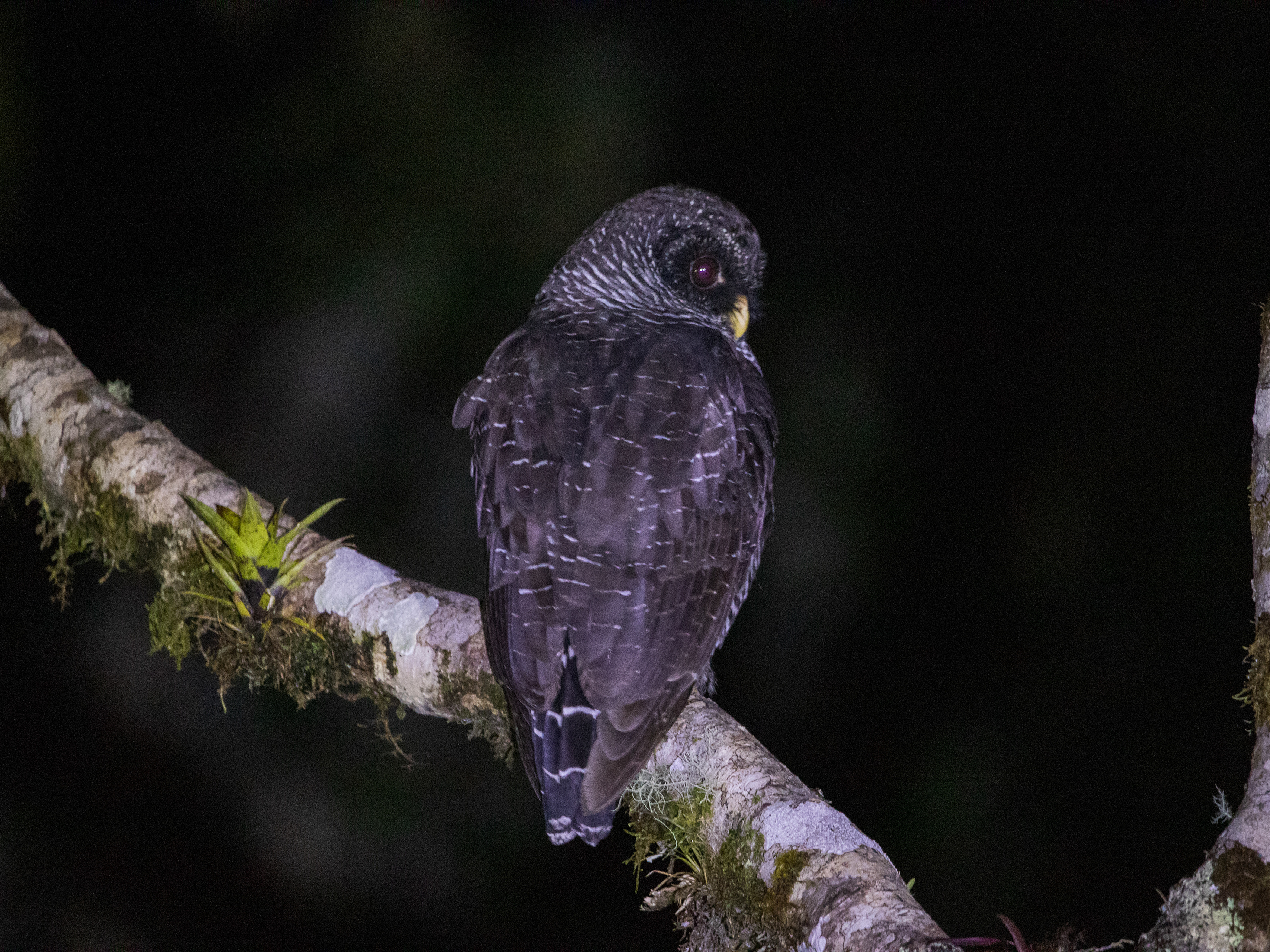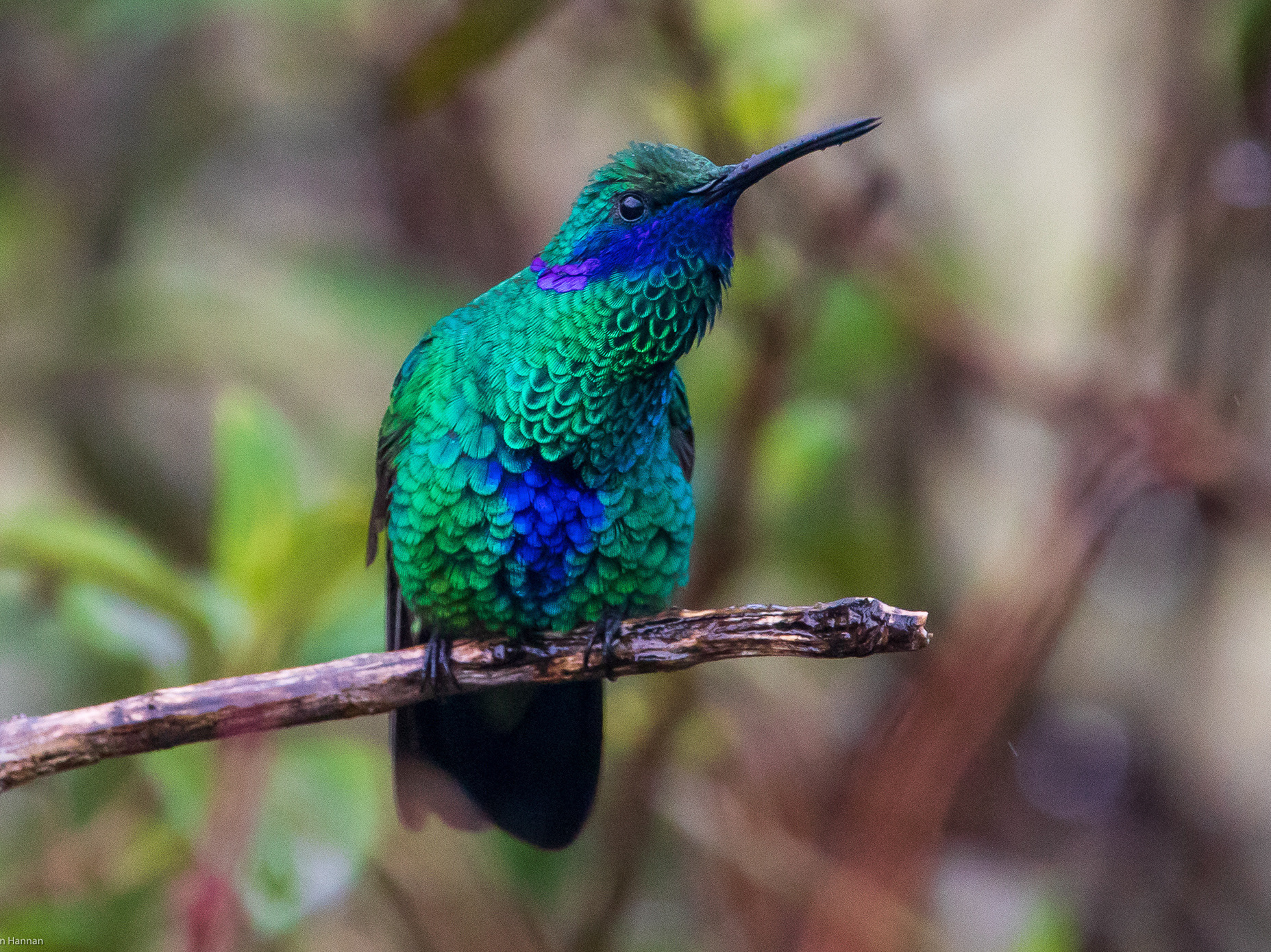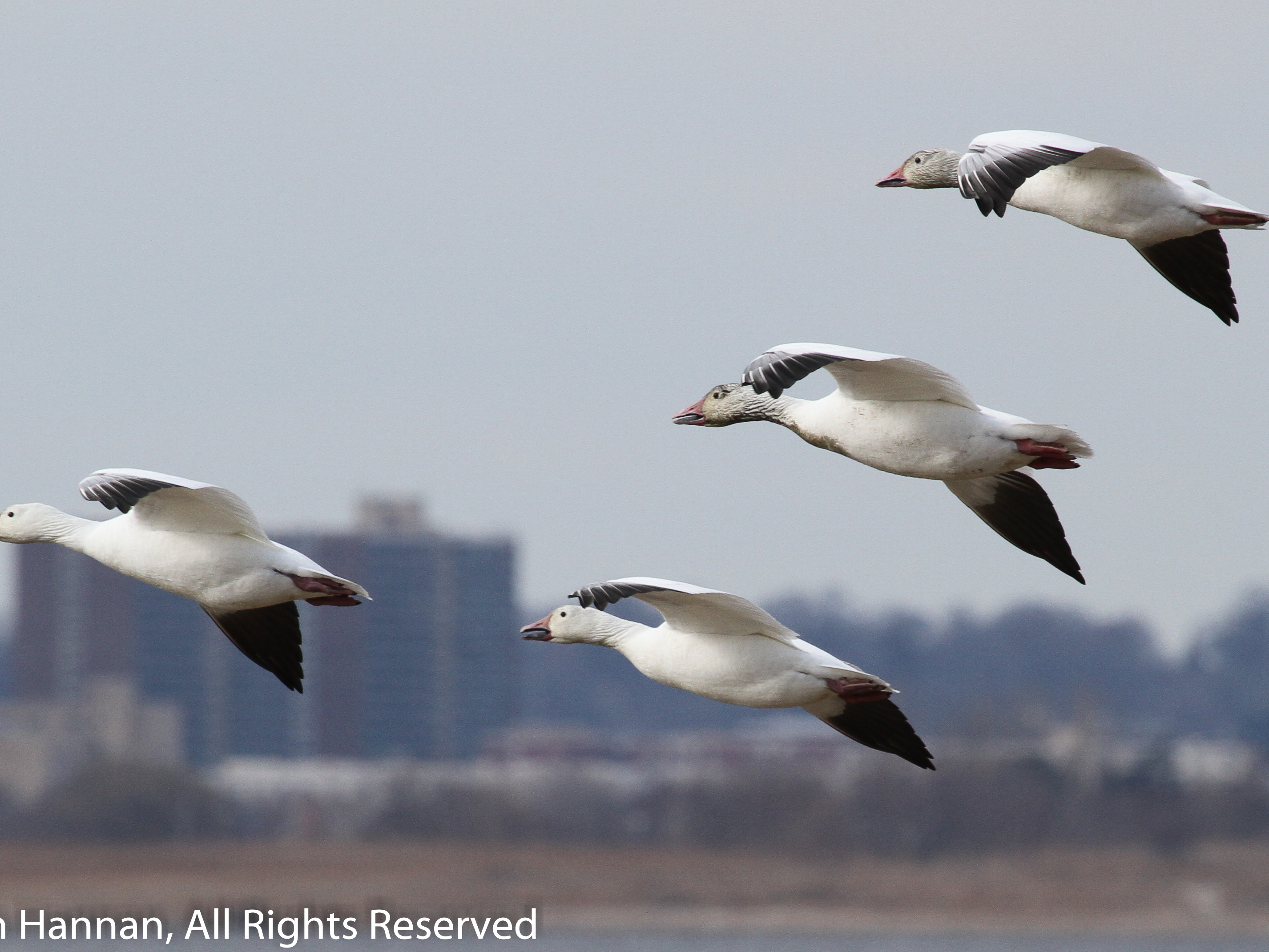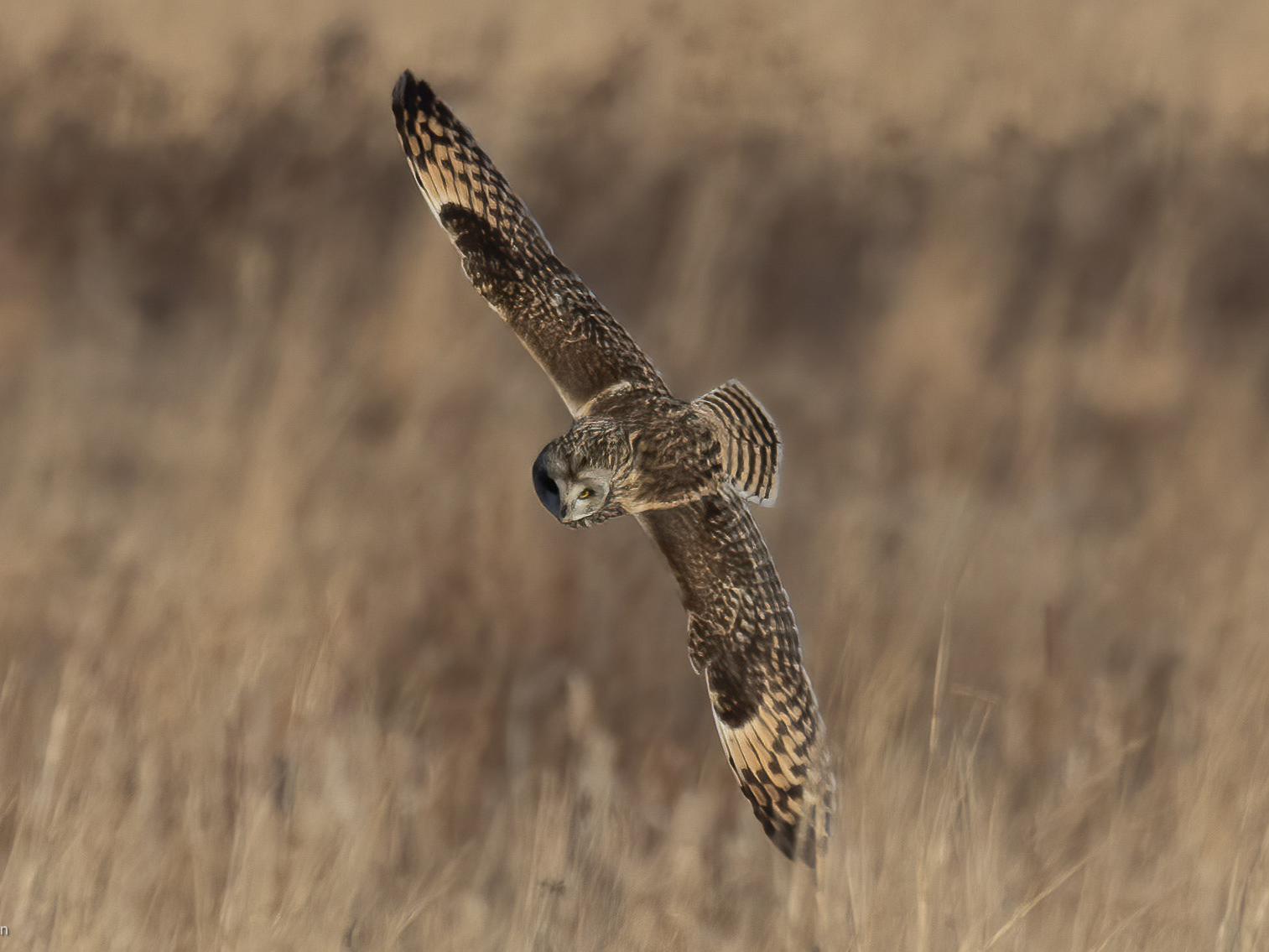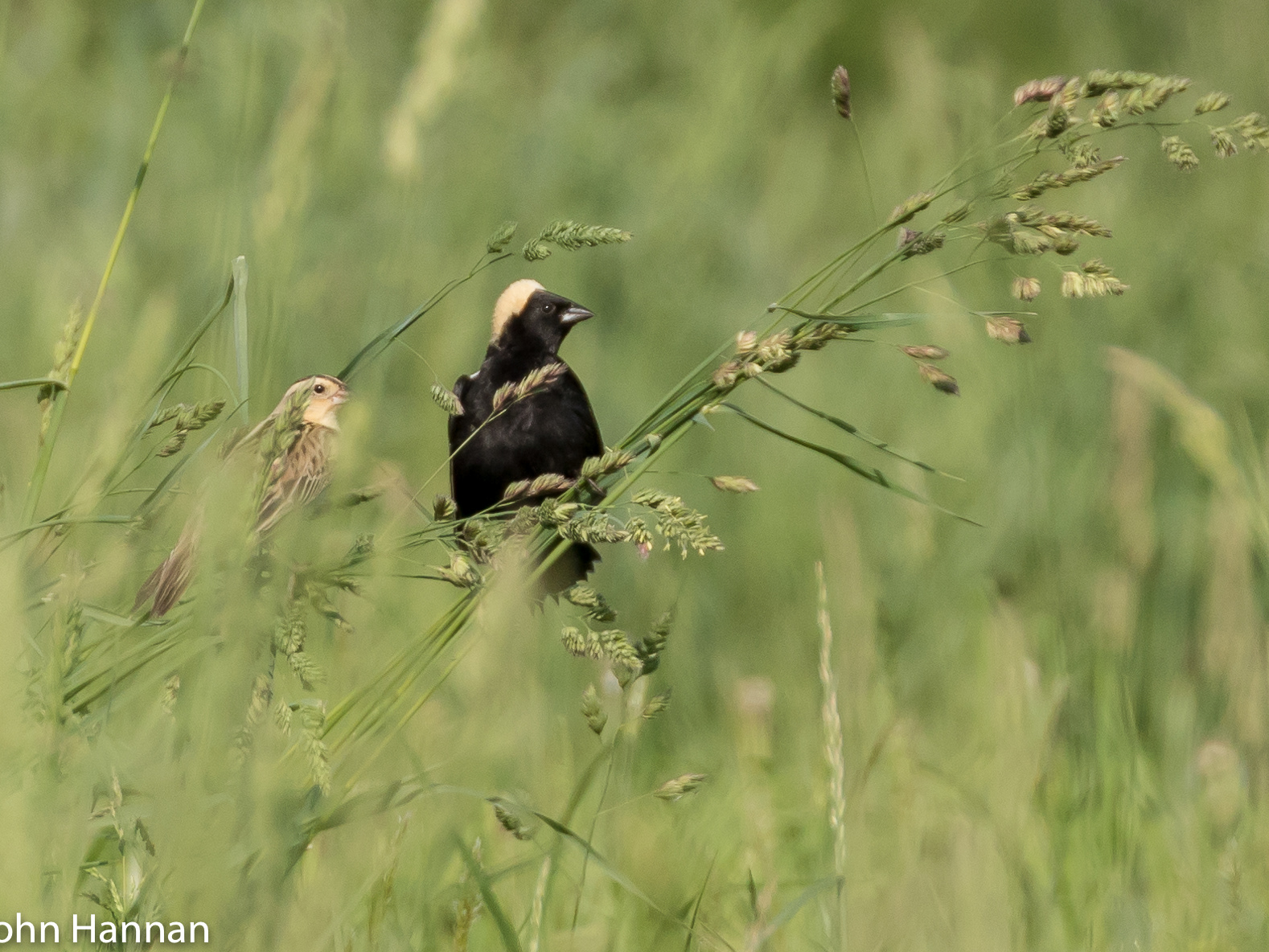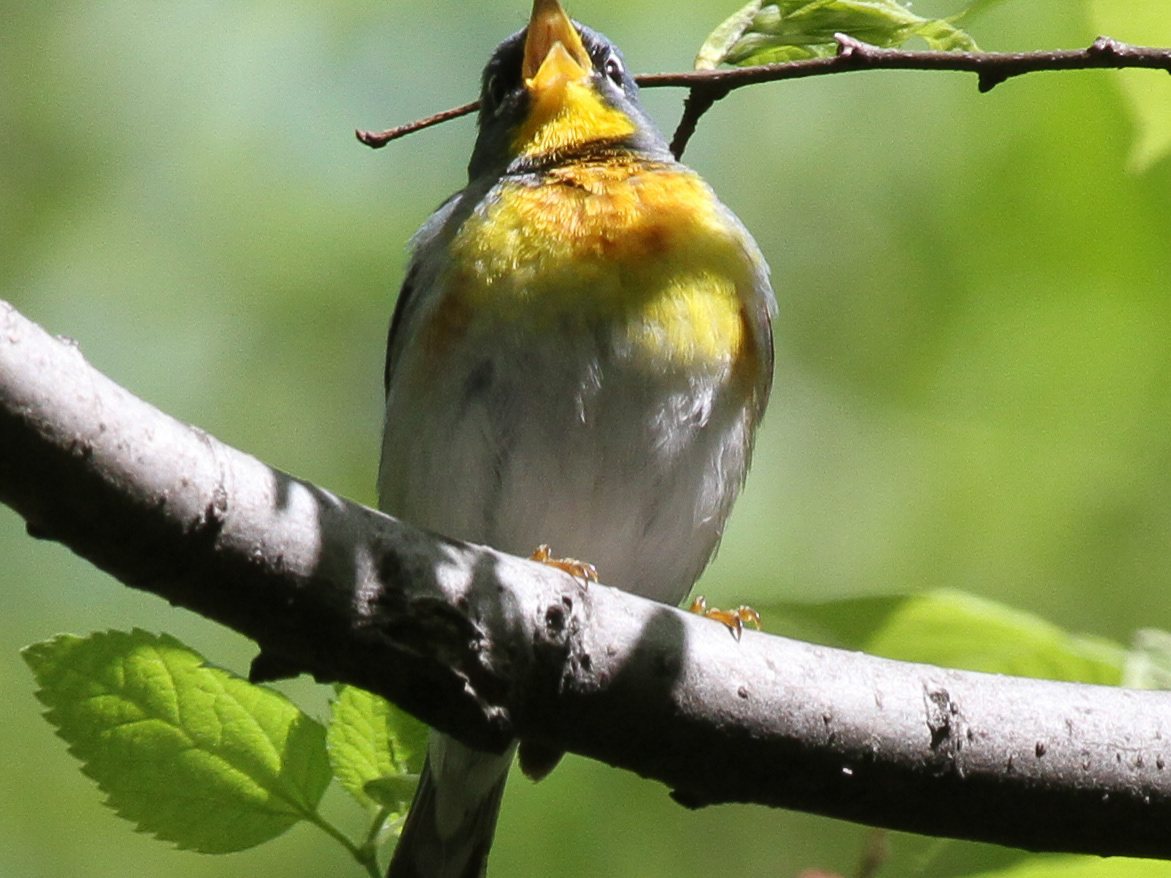One of the prime reasons to visit Pinnacles, beyond the landscapes, is to see the California Condors. An incredible restoration success, started at continuing at Pinnacles, has brought this magnificent species back from the brink of extinction. This image was shot at 1/1600 sec at F stop 5.6 and ISO 320 using a Canon 7D Mark II with a 100-400 mm Canon Mark II lens set to 255 mm. All the images in this series were shot with that camera and lens.
The sheer size of the Condor is really incredible as can be seen in this image of a Condor flying next to a Common Raven, which is a large bird as well but dwarfed by the Condor.
Size does not guarantee an animal will not be harrassed though. These juvenile Condors were easy targets for a pack of Common Ravens looking to annoy the birds.
Condor 88 finally got tired of Ravens poking him and trying to pull the tracking antenna off his wings and gave up his spot.
Once in flight though, these birds rule the sky.
Another target species of our day was the Nuttall's Woodpecker. This species has a restricted range in N. CA and this was the only day we would be in habitat where it is found so we were lucky when we found one at the end fo the day.
Nuttall's reside in Oak woods so photographing them often occurs through leaves and under shade. For this image I waited till the bird got to a point on the tree where light was filtering through the leaves and was able to shot at 1/1600 sec at f stop 5.6 with an ISO of 320. The shutter speed helped sharpen the image as the bird was moving quickly along the tree while the lower f stop and ISO softened background and noise. The lens is at 360 mm which I find grabs a crisper focus than the fully extended 400 mm.
Finally the bird came out in the open, but in a shadier area. Had to drop the shutter speed to 1/200 sec with an f stop of 7.1 and an ISO of 1250 to maintain the lighting, but losing a some of the finer feathering detail in the bird. Once again keeping the lens at 360 mm.
A common species to many locations we visited but a great bird to practice photography on, as it is fearless, is the Black Phoebe. This image was taken behind the Visitors Center as the bird hawked caterpillars from the trees. Shot at 1/1600 sec at f 5.6, ISO 320 with lens fully extended to 400 mm .
Another species that is not afraid to pose for photographers is the Western Bluebird. This image was shot at 1/1600 sec, f 5.0 to really blur out the background and ISO 320 to try to neutralize noise. I was close enough to keep the lens down to 278 mm, if I had a second chance I might have brought the lens up to 350mm and hoped for more feathering detail in the wings.
Moving to apex predators, we had looks at Peregrine Falcon, Kestrel and Red-tailed Hawks but this Prairie Falcon was the most cooperative for photography purposes. This was taken around 4:30 pm so the lighting was very direct and harsh making it tough to get fine detail, especially from a bird flying high that is most tan and brown. I shot this at 1/1600 sec at f 8.0 with ISO of 320 and the lens set to 360 mm. I opened up the f stop a little as the sky provides a neutral background and the higher f stop will be a little more forgiving on focus, gibing me a little more area that will be sharp. Once again, gave up some of the potential lens extension to make sure I got a better focus on the bird as it was arcing towards us.
Same lighting issue here as the bird was streaming by us. Kept the shutter speed to 1/1600 sec but at f 7.1 with ISO of 320 and the lens set to 371 mm. This produced a little blur to help convey the bird's speed and motion.
We lucked out with many views of Ash-throated Flycatchers over the course of the day, most were in pretty bright sunlight, this one had found a shady spot so I could get nice feather detail at 1/500 sec with f stop 8.0 and ISO 400, here the lens is fully extended to 400 mm.
This Bewick's Wren gave us great looks, singing away from a dead snag, but would not turn towards us for a good photograph.
Steller's Jays are another species that like to stay ensconced in shade and understory cover. Had to shoot this at 1/125 sec at 5.0 f stop with 1250 ISO. Had just enough light to get some nice feather details on the belly and neck.
Photographing birds with deep black and white coloring, like this Acorn Woodpecker, can be tricky. This image was shot at 1/640 sec at f 8.0 with an ISO of 320 and focal length of 400 mm. The bird was in direct light so this is where spot touch up in post production can help. Just as was done in the dark room with film, spot touch up in post production software like Lightroom etc can damp down highlights and bring out tone in shadows.
Two Common Ravens flying in unison
Merriam's Chipmunk shot around 10:30 am in direct sunlight. Had the ISO set to 1250 because I had been shooting in shade. Probably could have had the ISO much lower. Shutter speed was at 1/800 with f stop 9.0. Would have liked to have had the f stop a little lower now that I look at the image so the background would have been a little softer.
California Ground Squirrel
California Condor - 1/1600 sec at f 6.3, ISO 320 with focal length 255 mm.
California Condor shot at 1/1600 sec, f stop 7.1 and ISO 320, lens extended to 400 mm.
